Make It Right From The Get-Go - How Much Effort Do You Put on Onboarding?
Author: Ada Tai
My onboarding experiences have varied widely across companies, with some proving far more memorable than others. One of the most significant examples was my first leadership role. I was hired to replace the HR Manager at a mid-sized company that had just been acquired. I was instructed to meet Liz, the HR Generalist, at the reception area at 8 a.m. on my first day, because my direct supervisor who located in the U.S. was on vacation for a month. Liz, who had been with the company for 4 years, knew everyone and everything and would “show me around.” Eager and punctual, I arrived 10 minutes early, only to find the reception area deserted. Despite the office being open, I was met with puzzled looks from passing employees: nobody seemed to know what was happening. I stood there looking lost until 8:15 am when Liz came rushing in with a McDonald's breakfast and a coffee. After a flustered greeting, she led me to my office, which looked like a tornado had hit it: employee files were everywhere, the laptop was sitting on a makeshift desk, the computer was not connected, and the office chair seemed to be plotting against me. My first morning was filled with random introduction to employees as they passed by, and the first afternoon was filled with going through a stack of policies and forms. A welcome email from my supervisor arrived three days into my job. After providing a list of tasks, I was given the signal of “I paid you to figure out the job yourself”...
How soon after joining a company do you usually decide whether to stay or not? Not surprisingly, I did not last long at this job.
A staggering one-third of new hires depart within three months. ¹ Despite widespread challenges in recruitment and retention, businesses often overlook root causes. My experience highlights the critical role of onboarding. A well-structured onboarding process significantly impacts employee experience at their new organization, hence influenceing engagement and retention. While numerous resources detail effective onboarding practices, I will focus on the two fundamental principles:
1. Conduct meticulous planning of communication
The onboarding process is a critical “first impression” where the new employee and the company both set the stage and decide whether they would continue down the path of the “marriage”. It should not be mistaken with the 1 day or 1 week of “orientation” event where the new employees are introduced to company policies, procedures, forms, people and the physical surroundings. Integrating someone into a company culture can take one or two years, depending on the complexity of the job and the organization. So, forget about fancy orientation game software or lavish welcome lunches. The real magic happens in the meticulous planning of communication:
- Communicate what the new hire needs to know, and
- Communicate what the new hire wants to know.
To ensure a smooth onboarding process, managers should proactively consider what information a new hire needs to succeed in their role. Putting themselves in the new hire's position, they should anticipate the questions and concerns that may arise. This encompasses various aspects, such as job responsibilities, work environment, team dynamics, company culture and history, the leadership, policies, safety expectations, and support systems. It is also critical to explain the manager’s style, expectations and communication preference. By addressing these aspects upfront, managers can facilitate a seamless transition for new employees and set them up for success.
2. Demonstrate genuine interest in new hire experiences by conducting regular touchpoints
Many organizations consider their onboarding process complete once communication has been established and the new employee demonstrates competence. However, it's essential to recognize that each individual is unique. Simply fulfilling job requirements does not guarantee employee retention and engagement. To gauge the sentiments of new hires, managers must keenly observe, listen to their questions, and provide necessary feedback and support. Implementing regularly scheduled one-on-one check-in meetings is a common method employed by managers to engage new employees. These meetings can take the form of:
- Weekly or bi-weekly sessions between the direct supervisor and the new hire,
- An end-of-probation performance review,
- A "stay interview" conducted at the 6-month and 12-month marks. One of our clients recently implemented this approach to ask targeted questions to the new employee and these conversations serve as a valuable tool for eliciting feedback on what works well, challenges encountered, and suggestions for improvement.
As these discussions are targeted at new employees, who view the organization from an "outsider" perspective, their insights offer fresh viewpoints for enhancing the organization's recruitment and onboarding processes, managerial effectiveness, and work procedures.
It is well-documented that a large number of new hires leave their new employers due to a mismatch with the corporate culture, unclear expectations, ambiguous job assignments, or their supervisor's style. A well-executed onboarding process helps resolve many of these issues by establishing a strong foundation and fostering employee engagement from the get-go. This, in turn, enables organizations to reduce turnover and promote long-term employee success.
Reference:
1 John Doe, Jane Doe, & Mary Doe (2019, March 19). Why 33 Percent of New Employees Quit in 90 Days. Retrieved on August 5, 2024, from https://www.psychologytoday.com/us/blog/platform-success/201903/why-33-percent-new-employees-quit-in-90-days
I see. I hear. I experience. is a column created by and written by Ada Tai, a chartered member of CPHR Alberta. The column is written in a blog format where Ada and invited co-authors will present their own experiences and interpretations of the world of human resources and its impact on business management. This and the subsequent posts are copyrighted materials by the author(s) and only reflect their personal views, not CPHR Alberta’s.
Author bio: With an MBA Degree, a CPHR, and an SHRM-SCP designation, Ada Tai has been working as an HR professional in a variety of industries for 15+ years. Through her consulting firm, Ada and the team provide a variety of strategic and pragmatic management consulting services. Ada’s public speaking skills have enabled her to be regularly invited to speak about HR, people management, career search, and networking topics throughout the province. She is also a well-respected Instructor at local universities.
Contact information:
LinkedIn: adatai or BadaB-Consulting-Inc
Facebook @ badabconsulting
BadaB Consulting Inc. provides a wide range of HR solutions, including Strategic HR and Succession Planning, Organizational Design & Development, Merger & Acquisition Due Diligence, Recruitment, Training Facilitation, Compensation Design, Performance Management, Workplace Investigation, Policy Development, etc. Another specialty of BadaB’s services is establishing future-proofed technology strategies and roadmaps.
The views and opinions expressed in this blog post belong solely to the original author(s) and do not necessarily represent the views and opinions of CPHR Alberta.
The views and opinions expressed in this blog post belong solely to the original author(s) and do not necessarily represent the views and opinions of CPHR Alberta.





